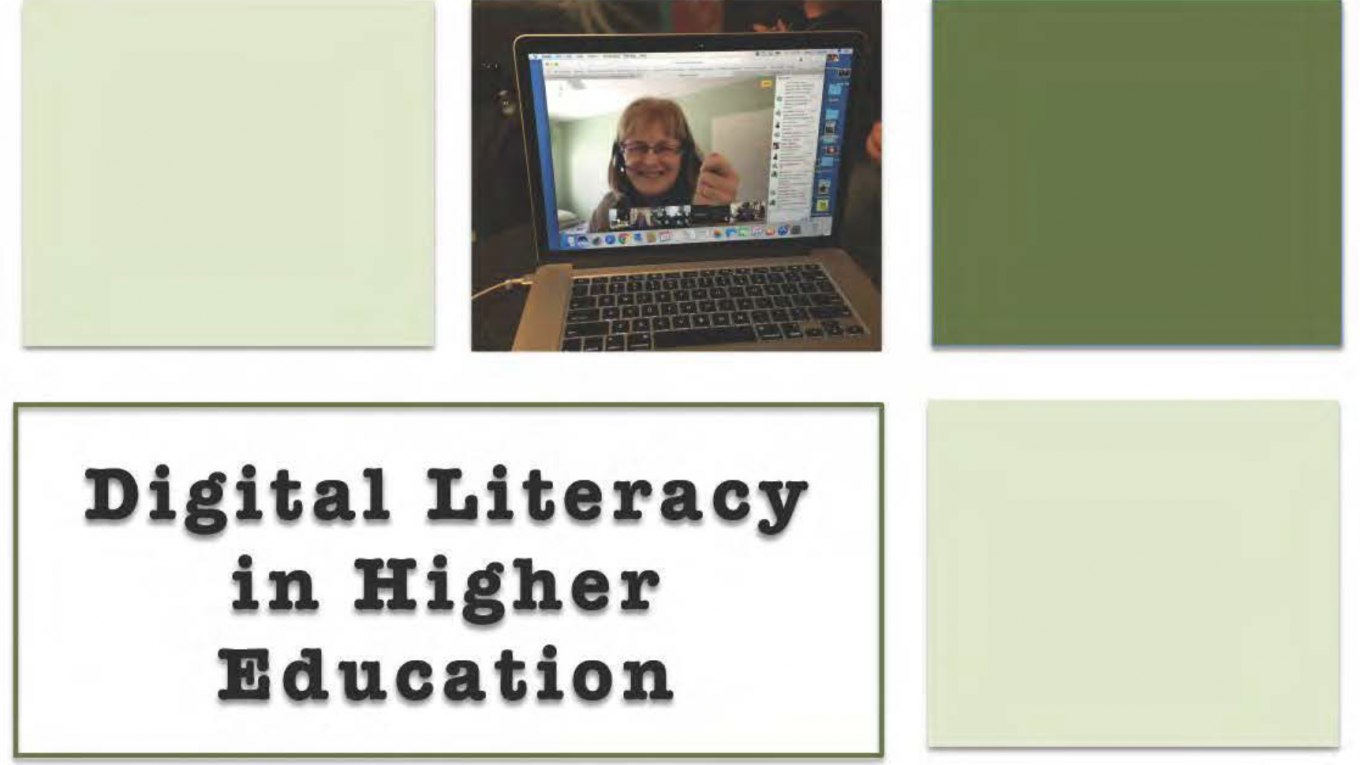Annotated Bibliography
Due date – today. Submission DONE! Feedback – immediately!
It feels good when you submit something that you’ve worked hard to produce. While I’ve had this completed for over two weeks, it’s just today getting submitted for review by my supervisor and course instructor. The feedback was immediate and positive. This work will become a springboard for the next step in my personal learning journey – a literature review. The five bullet points at the end of the bibliography will become the starting point for this next step in the research focus.
“This annotated bibliography contains a collection of relevant and related references around the topic of media and digital literacy within preservice teacher education. From this review, topics include:
- definitions and conceptualizations of literacy (Gee, 2015; Luke, 2012; Stordy, 2015);
- media and media information literacy (Erdem & Ersti, 2018; Fry & Seely, 2011; Meehan et al., 2015; Wilson & Jolls, 2015);
- digital literacy (Cam & Kiyici, 2017; Demchenko, 2016; LeBlanc & Karp, 2016; Lohnes Watulak, 2016; McTavish & Filipenko, 2016);
- multiple and multi-literacies (Cervetti et al., 2006; Kerin, 2009; Lohnes Watulak, 2018; Shambaugh, 2014; Yildiz & De Abreau, 2014);
- and, the beliefs and practices relating to media and digital literacies (Gibbons & Redmond, 2014; Gretter & Yadav, 2018; Sadaf & Johnson, 2017).”
The feedback includes these points:
- where are transliteracies (transmedia – Jenkins et al, etc), information literacy (presumably in MIL), digital citizenship (presumably in digital literacy) and what do you mean by beliefs & practices (category #5)?
- In “literacy” studies, there is an important distinction between autonomous and ideological perspectives (Brian Street) – understanding the autonomous piece is important, I think. New literacy studies needs to include Lankshear and Knobel
This will loop back to the sketchnote that I created and posted earlier [Literacies] but did not include in the annotated bibliography since it is graphic rather than textual information, another barrier to publication in current academic and publication formats that hinders understanding.
